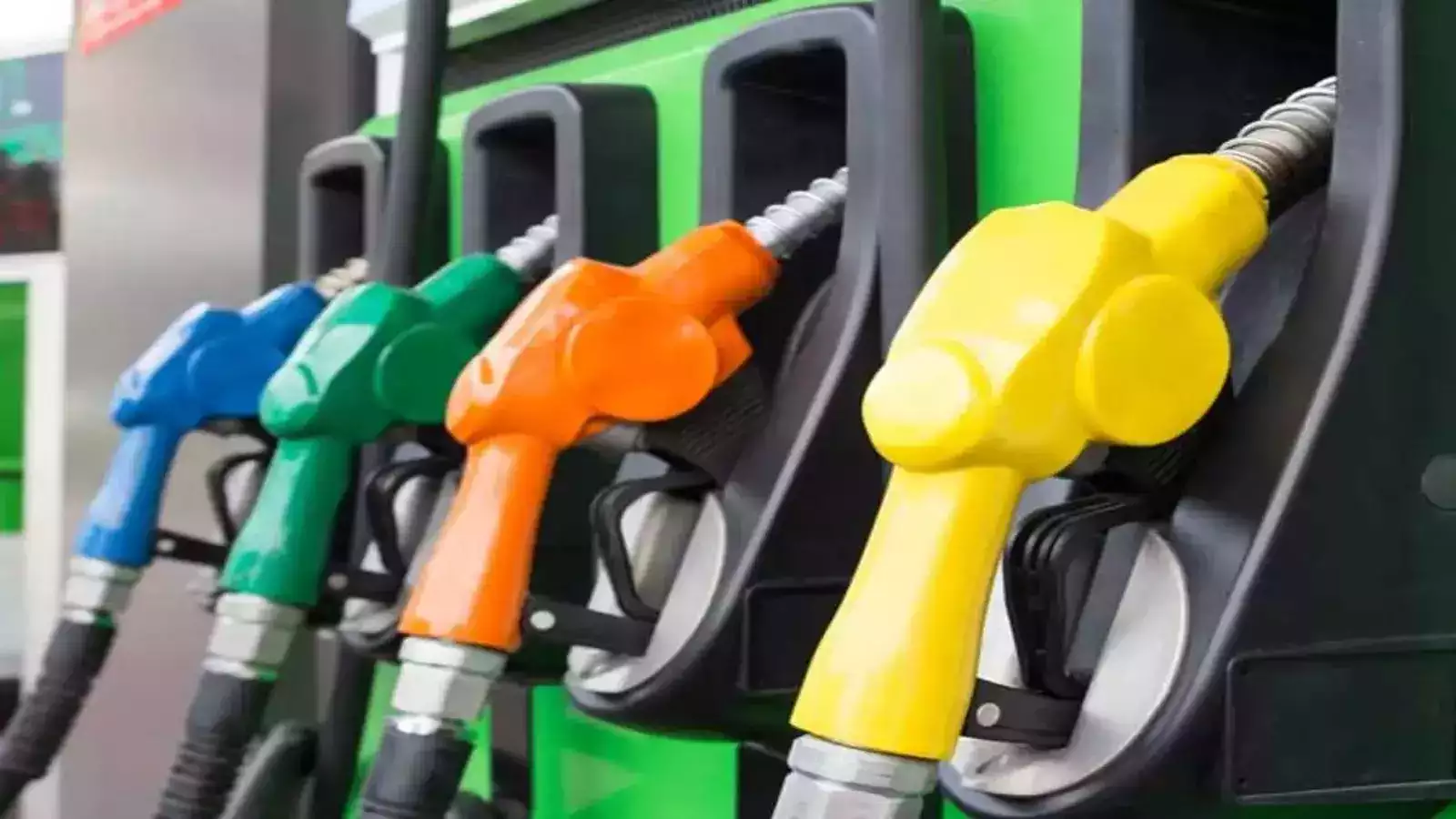
A decline in price of crude oil -- which is converted into fuels like petrol and diesel at refineries -- had rekindled hopes for a reduction in petrol and diesel rates that have been on a freeze for over two years now barring a pre-election reduction earlier this year.
"Oil prices continue to be volatile. They fell one day last week to below USD 70 but rose the day after," the official, speaking on condition of anonymity, told reporters here.
Until such time that the oil prices stay volatile, the state-owned fuel retailers are unlikely to revert to daily revising rates in line with cost, he said.
While petrol and diesel pricing is deregulated (meaning oil companies have freedom to fix retail rates), the state-owned fuel retailers, Indian Oil Corporation (IOC), Bharat Petroleum Corporation Ltd (BPCL) and Hindustan Petroleum Corporation Ltd (HPCL), have since late 2021 not revised prices in line with cost. They froze rates in April 2022 only to cut prices by INR 2 per litre each just before general elections this year before again freezing the rates. Petrol costs INR 94.72 per litre in the national capital and diesel comes for INR 87.62 a litre.
Asked if the oil companies will cut fuel prices ahead of the crucial assembly elections in Maharashtra, the ministry official said, "it is a good question but I can't say (either ways)."
Last week, Oil Secretary Pankaj Jain had stated that the oil companies will be taking appropriate decisions on reducing fuel prices if international oil prices were to settle lower on a sustained basis.
Industry sources said the three state-owned fuel retailers are making good profits on petrol and diesel but want the trend to continue before deciding on a revision.
"They don't want a situation where they cut prices and are faced with a situation where international prices rise," an official explained.
Brokerage Emkay GLobal Financial Services in a note last week stated that it expects IOC, BPCL and HPCL to cut petrol and diesel prices before the November assembly elections in Maharashtra.
"We believe there are expectations of a retail price cut in auto fuels for oil marketing companies (OMCs) amid the upcoming state elections. While we do not rule out the same, the model code of conduct for J&K and Haryana is on for a month. There could be a cut only toward Diwali and before Maharashtra election's model code of conduct, which could be INR 2 per litre each for petrol and diesel and possibly coupled with an equivalent increase in excise duty," it had said.
However, during the next month, OMCs can earn supernormal marketing margins, covering LPG under-recoveries and inventory losses to a large extent.
"We estimate implied July-September gross marketing margins at INR 9.7/8 per litre for petrol/diesel vs INR 4.7/3.8 in Q1 (April-June) and a normative range of INR 3.5-4 each," it said.
India imports 85% of its oil needs and its fuel pricing is indexed to international rates.
IOC, BPCL and HPCL had reported bumper profits totalling about INR 81,000 crore in fiscal year ended March 31, 2024, which far exceeded their annual earnings of INR 39,356 crore in pre-oil crisis years.
The retailers have resisted calls to revert to daily price revision and pass on softening in rates to consumers on grounds that prices continue to be extremely volatile -- rising on one day and falling on the other -- and that they needed to recoup losses incurred in the year when they kept rates lower than cost.
The three companies, which control roughly 90% of India's fuel market, have not 'voluntarily' changed petrol, diesel and cooking gas (LPG) prices for the past two years, resulting in losses when input cost was higher and profits when raw material prices were lower.
The fuel price freeze that began on April 6, 2022, had a loss as high as INR 17.4 a litre on petrol and INR 27.7 per litre on diesel for the week ended June 24, 2022. However, subsequent softening led to losses being eliminated. And in mid-March, they cut petrol and diesel prices by INR 2 per litre each just before general elections were announced.
International oil prices have been turbulent in the last couple of years. It dipped into the negative zone at the start of the pandemic in 2020 and swung wildly in 2022 - climbing to a 14-year high of nearly USD 140 per barrel in March 2022 after Russia invaded Ukraine, before sliding on weaker demand from top importer China and worries of an economic contraction.
But for a nation that is 85% dependent on imports, the spike meant adding to already elevated levels of inflation and derailing the economic recovery from the pandemic.
So the three fuel retailers froze petrol and diesel prices for the longest duration in the last two decades. They stopped daily price revision in early November 2021 when rates across the country hit an all-time high, prompting the government to roll back a part of the excise duty hike it had effected during the pandemic to take advantage of low oil prices.
The freeze continued into 2022 but the war-led spike in international oil prices prompted a INR 10 a litre hike in petrol and diesel prices from mid-March 2022 before another round of excise duty cut rolled back all of the INR 13 a litre and INR 16 a litre increase in taxes on petrol and diesel done during the pandemic.
That followed the current price freeze which began on April 6, 2022 and continued till March 15 reduction. Thereafter there has been a freeze in rates again.
Disclaimer: The copyright of this article belongs to the original author. Reposting this article is solely for the purpose of information dissemination and does not constitute any investment advice. If there is any infringement, please contact us immediately. We will make corrections or deletions as necessary. Thank you.





